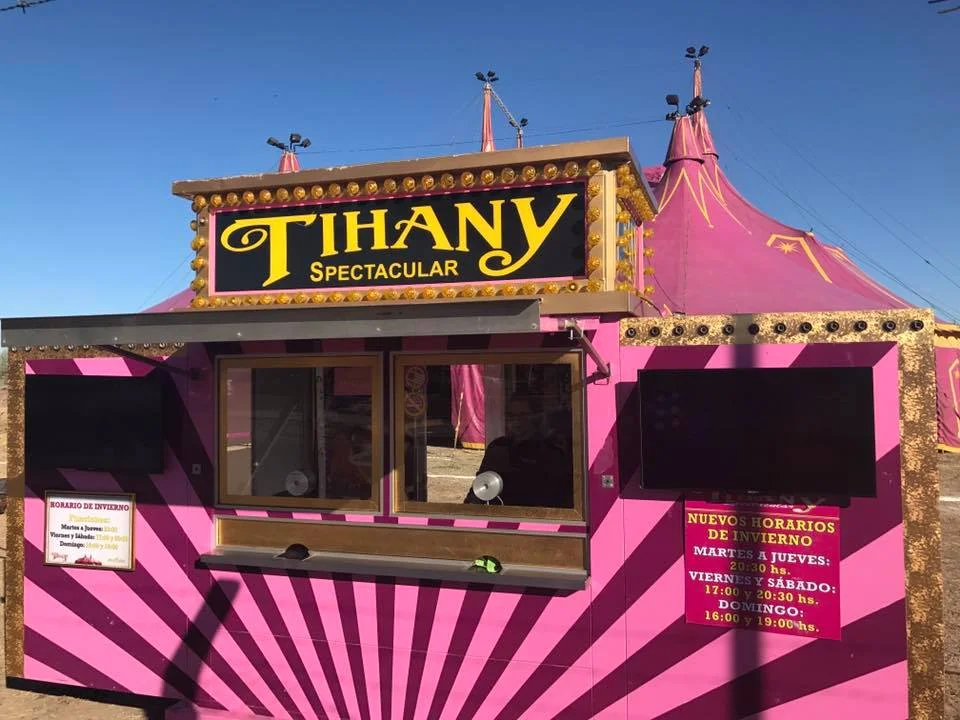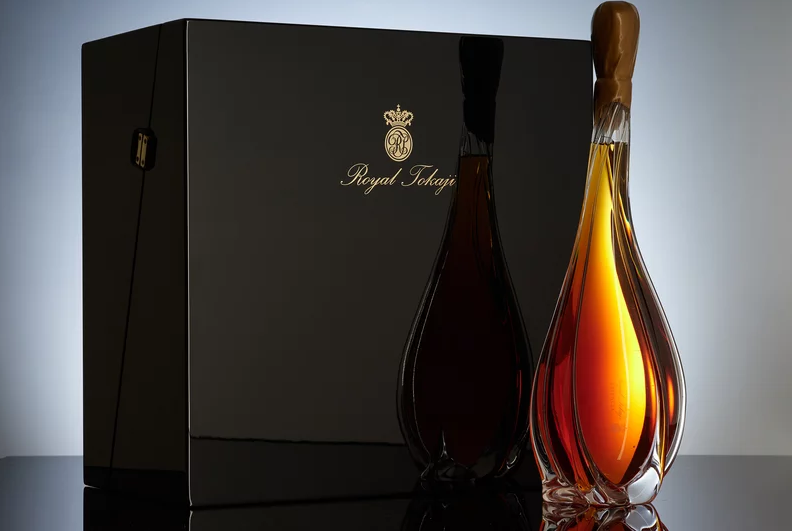Budapest Big Top: the Magic of 'Tihany' Spectacular
zita kisgergely
via the Circo Tihany Spectacular FB page
Circuses these days are undergoing massive changes: moving from animal-based acts to more grand illusion and humane artistic forms to entertain the masses. But it was the last century that defined the traditional circus, and few did more to contribute to innovation and popularization of the circus as Czeisler Ferenc, a Hungarian better known by his stage name ‘Tihany’.
Born in Kétegyháza, Hungary (then part of Austro-Hungarian Empire) in 1916, it was an auspicious time in history, especially as Tihany was of Jewish origin. But before he would get caught up in the riptides of war, he would spend a peaceful childhood in his small Hungarian hometown learning magic. Though the death of his father at age 12 would be devastating, it did force Czeisler to take his hobby seriously, as he would have to bring money home to his family. Though performing magic tricks in front of people since age 13, his first proper job was with a traveling circus in Hungary, where he attended to the animals.
Then came a stroke of luck: at age 14, Czeisler was taken by one of his uncles to Uruguay. In Montevideo, the boy was taken under the wing of the famous Italian ‘fakir,’ magician, Blacaman, (fakir, being a type of magic that includes various Indian-originated tricks like snake charming, lying on a bed of nails, and levitation). After apprenticing himself to Blacaman, he was able to save enough money to purchase some used magic equipment and return home with a full act.
Back in Hungary, he took the name Tihany, and transitioned into large-scale illusions, which proved popular enough that he was able to tour Europe with his show. But of course history interfered. Caught up in a pre-WWII anti-Jewish raid while doing his show in Novi Sad, Serbia, Czeisler was forced to participate in a death march that ended in the Danube. A strong swimmer used to uncomfortable situations, the great Tihany managed to survive and flee his captors.
via the Circo Tihany Spectacular FB page
After the war, Tihany emigrated to Israel, then to several other countries before landing in Brazil. It was there that he bought a big top and created his own circus, the Circo Magico Tihany. The circus was an immediate success, so much so that it made him rich. Tihany in later years was known to enter the stage in a chauffeured Rolls Royce. It is fair to say Tihany had a Las Vegas style circus in South America. Indeed, upon retirement, Tihany would move to Vegas, before reviving his circus once more in Mexico. He would then retire for a second time to Las Vegas, where he passed away in 2016. The great illusionist team Siegfried and Roy honored him by saying, "Our friend, our mentor, your life was a blessing, your memory is a treasure."
Just one more Hungarian who, as if by magic, transformed the world.
Source: circopedia.org
Flatpack Films has many years of experience dedicated to offering expert servicing. It has brought the best of Hungary to countless brands, agencies, and production companies through its unique locations, exceptionally skilled crews, top of the line equipment and technical solutions. Backed by an impeccable track record, Flatpack Films has worked with world-class clients including Samsung, Samsonite, Toyota, Braun, Chivas Regal and many more - bringing their projects to life through a highly bespoke approach.







































